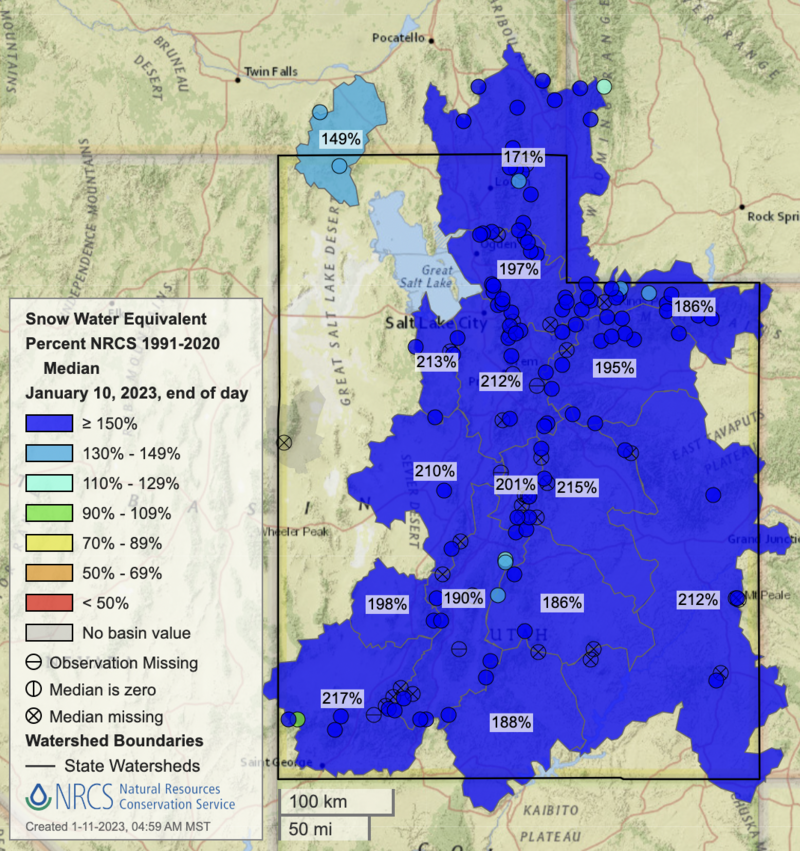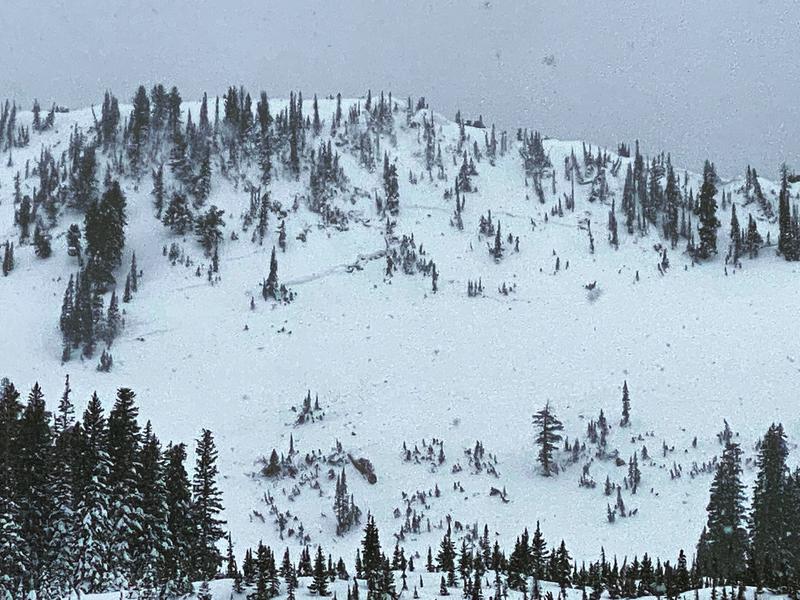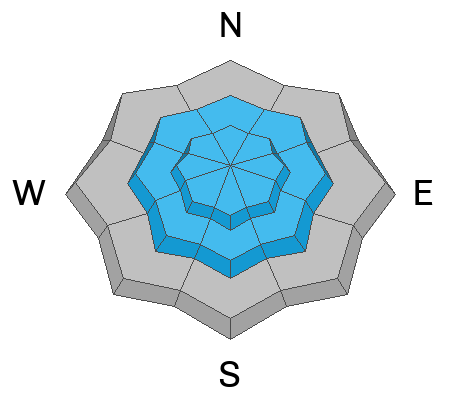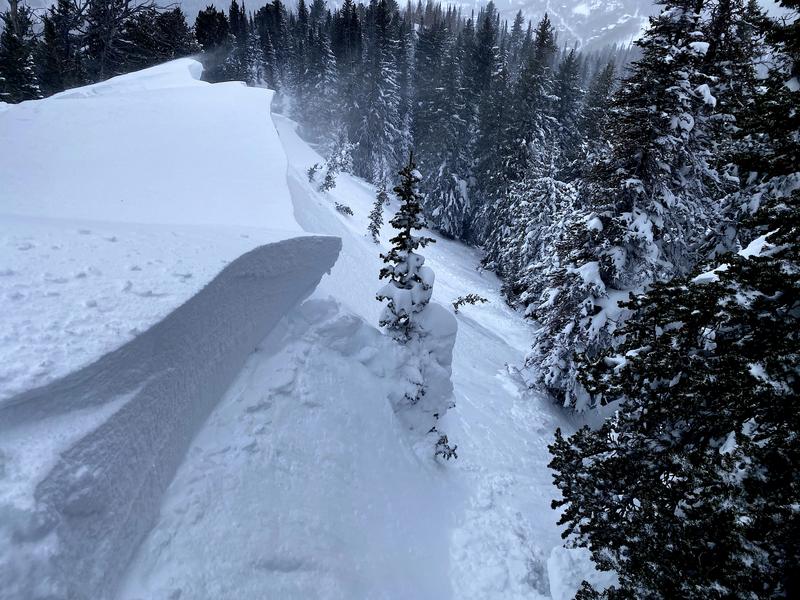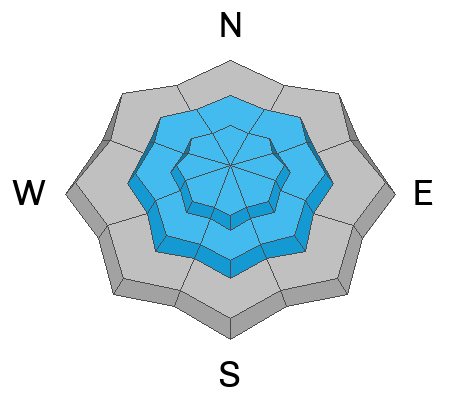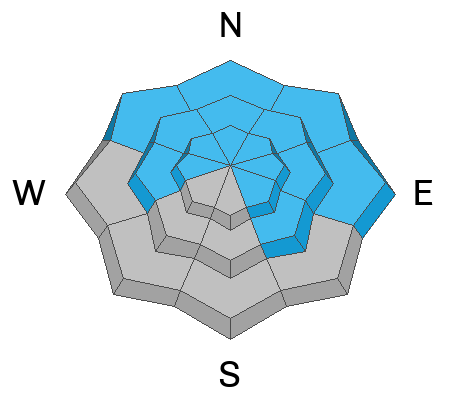Forecast for the Salt Lake Area Mountains

Issued by Nikki Champion on
Wednesday morning, January 11, 2023
Wednesday morning, January 11, 2023
The avalanche danger is HIGH at all upper elevations and at mid-elevation aspects facing west through north through southeast where heavy snowfall and strong winds have created very dangerous avalanche conditions. New snow and wind-drifted snow avalanches may step down into older facets, leading to large and destructive avalanches.
At all lower elevations and mid-elevation aspects facing southwest, and south where the persistent weak layer is less likely to cause avalanches the avalanche danger is CONSIDERABLE.
Travel in the highest elevation terrain is not recommended and cautious route finding should be used when traveling at mid and low elevations. Avoid travel on slopes steeper than 30 degrees or below steep terrain.

Low
Moderate
Considerable
High
Extreme
Learn how to read the forecast here


